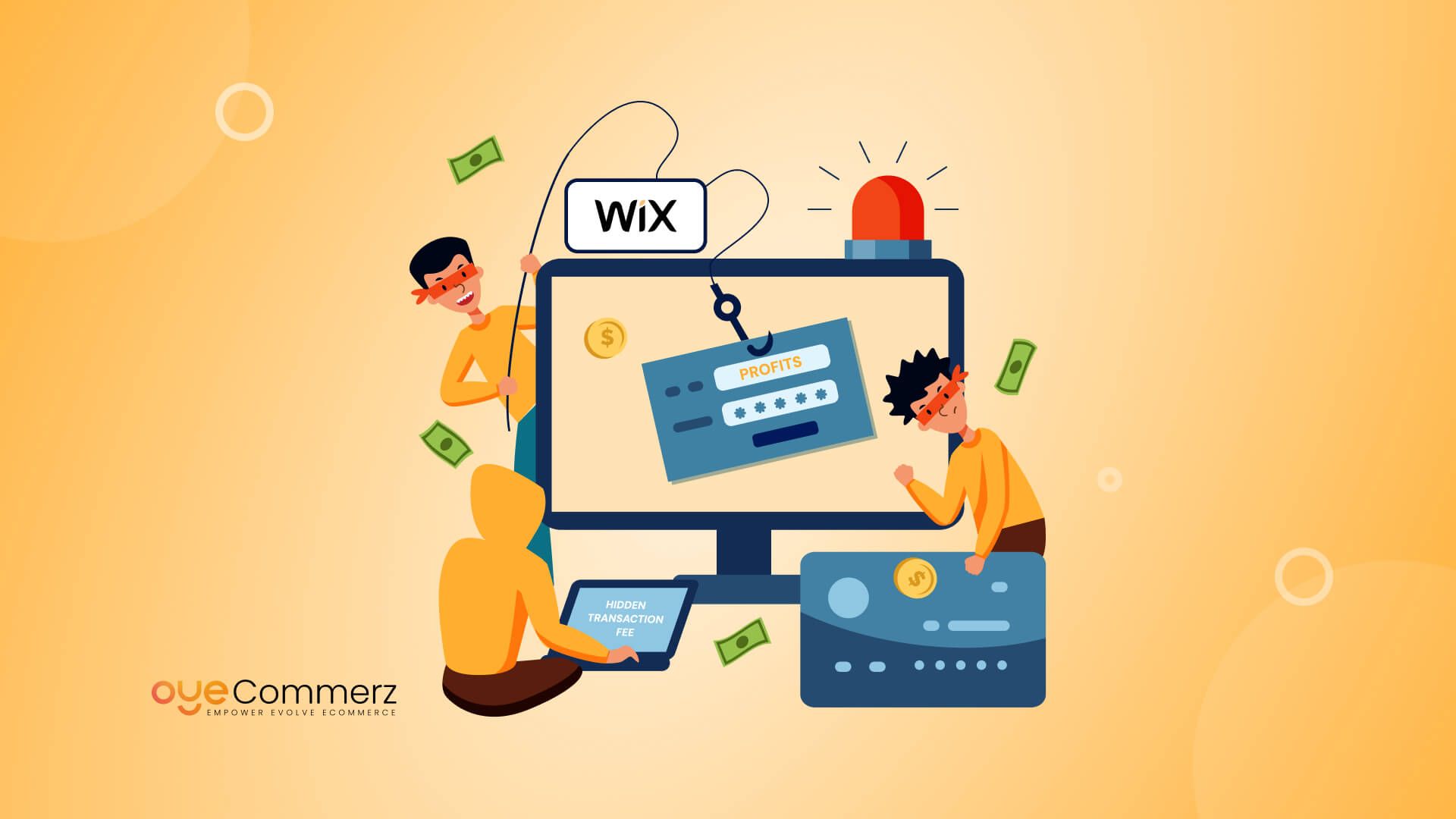In the current online environment, choosing the right e-commerce platform is crucial for enterprise success. If you are presently using Wix but are considering a move to Shopify, you're not alone. Many companies are migrating to Shopify to take advantage of its robust features, expandability, and specialized e-commerce tools. This article will outline the migration process, guaranteeing a smooth move and preparing you for e-commerce success.
Why Migrate from Wix to Shopify?
Before exploring the migration process, it's essential to understand why Shopify could be a superior fit for your e-commerce needs:
- Specialization: In contrast to Wix, which caters to various website types, Shopify is designed specifically for e-commerce, offering sophisticated features and features optimized for digital commerce.
- Growth Potential: As your business expands, Shopify can seamlessly handle increased visitor volumes and sales volume without compromising performance.
- Extensive App Library: Shopify provides a large library of apps that can enhance your store's functionality, from advertising solutions to inventory management options.
- SEO Capabilities: Shopify offers superior SEO tools, which can help improving your store’s presence on search engines.
- Transaction Methods: With multiple payment gateways supported, including Shopify Payments, you can offer shoppers a variety of payment methods.
Getting Ready for Migration
To ensure a trouble-free transition from Wix to Shopify, follow these preparation steps:
1. Backup Your Data
Download all your data from Wix, including item information, user data, and order history. This step is vital as it ensures you have a copy of all data before initiating the migration.
2. Select a Pricing Option
Assess the different Shopify plans offered and choose one that aligns with your business requirements. Take into account factors such as transaction fees, features included, and growth potential.
3. Create Your Shopify Profile
Create your Shopify account and explore the platform’s interface and tools.
The Migration Process
Now that you're prepared, it’s time to transfer your store from Wix to Shopify. Here’s how:
1. Transfer Items
Utilize Shopify's built-in import tool or third-party migration apps like Cart2Cart or LitExtension to move your items from Wix to Shopify.
Make sure that product descriptions, images, prices, and variants are accurately transferred.
2. Migrate Client Information
Upload customer information such as names and email addresses into your new Shopify store. This step is vital for maintaining client connections and advertising strategies.
3. Configure Transactions
Set up transaction methods in your Shopify store to guarantee seamless payments. You can select from multiple options like credit cards, PayPal, and more.
4. Personalize Your Store Design
Select a design that reflects your business image. Modify it using Shopify's customization options to create an appealing and intuitive store layout.
5. SEO Optimization
Apply SEO strategies during the transition process:
- Set up 301 redirects from old Wix URLs to new Shopify URLs.
- Optimize product titles, details, and photos with targeted search terms.
- Modify meta tags and Payment gateways alt texts for improved search engine visibility.
After Migration Steps
Once your store is active on Shopify, follow these follow-up steps:
1. Check Your Website
Conduct thorough testing of your new store:
- Check product pages for accuracy.
- Verify transaction methods.
- Ensure all hyperlinks work correctly. Analytics tools
2. Launch Marketing Campaigns
Announce your new store launch through email newsletters and social platforms.
Think about running promotions or discounts to draw shoppers.
3. Monitor Performance
Use analytics tools within Shopify to monitor sales performance and user activity.
Adjust your strategies based on performance analytics.
Conclusion
Migrating from Wix to Shopify can substantially enhance your e-commerce capabilities and lay the foundation for growth and achievement. By adhering to this manual and taking a step-by-step approach to the migration process, you can guarantee a smooth transition that minimizes downtime and boosts opportunities for sales. Embrace the change and watch your online business thrive on its new platform!
